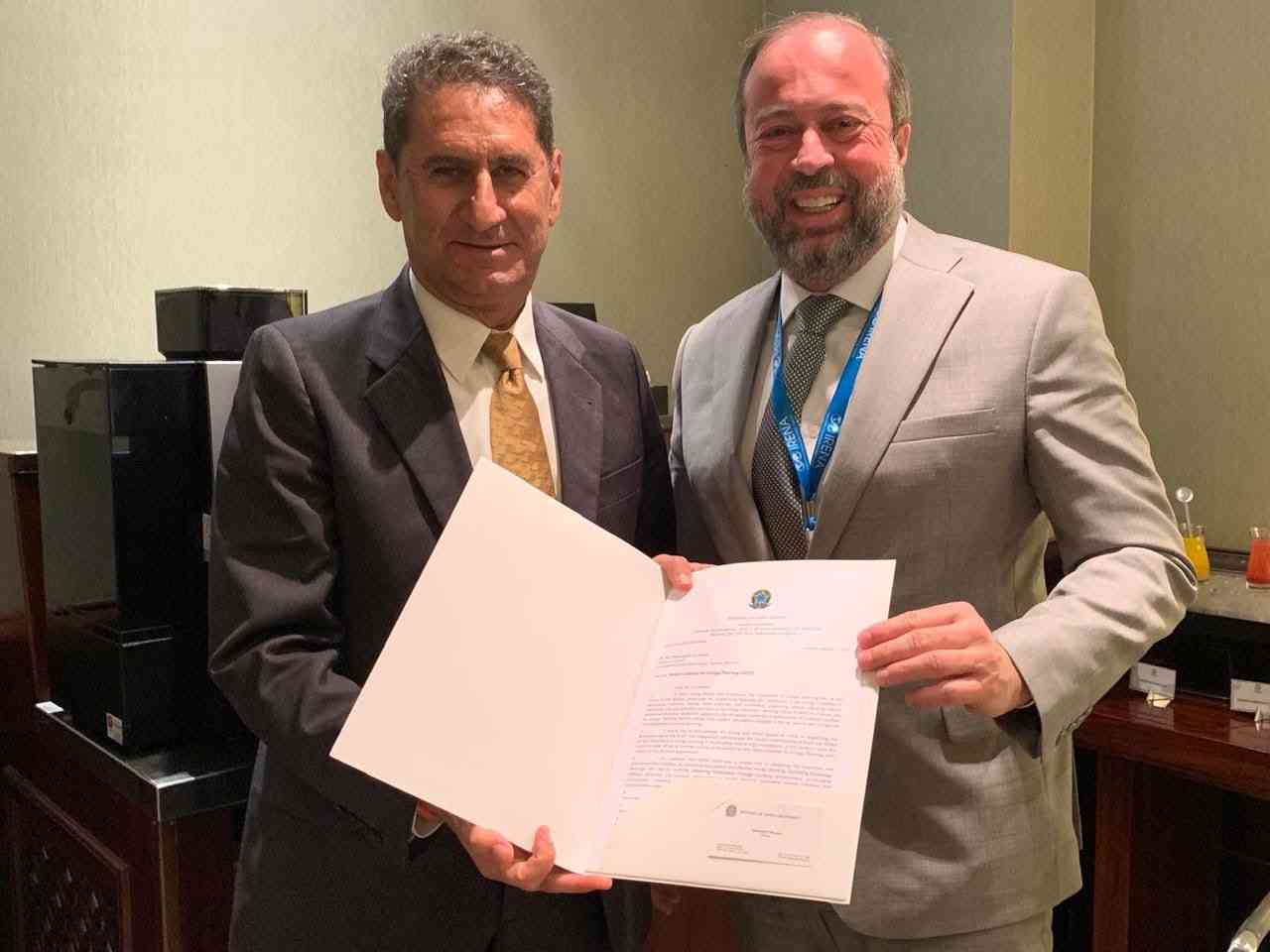
By Mike Juru Being an agro-based economy, climate change could mean a significant loss for Zimbabwe.
In 2015, the water levels in Lake Kariba dropped to below 30% for the first time, a process that affected hydropower generation in the country, and industry performances. On 14 March 2019, Zimbabwe was hit by Cyclone Idai, and many lives were lost, many people were reported missing, others were displaced, and infrastructure was damaged. In the 2021 farming season, Zimbabwe’s harvest was affected by climate change induced droughts. Today, some of Zimbabwe’s plush suburbs have since decommissioned boreholes as the water table drops further, whilst others have gone for a long spell without clean water due to one scientific reason or another.
Under this dark cloud, what we remain certain of is the depletion of wetlands, massive deforestation that has not been matched by forestation efforts, and a high frequency of droughts and extreme weather outside the natural limits of the traditional savanna climate. We have become victims of global warming.
In response to the above, and rightfully so for an agro-based economy, the government, with support from global development partners moved swiftly to adopt climate-smart agriculture practices, including the Zimbabwe Climate Smart Agriculture Investment Plan of 2019. As a source of livelihood for approximately 70 percent of the population and contributing 20% to gross domestic product (GDP), the agricultural sector plays a critical role in the Zimbabwean economy.
Unfortunately, the adaptation efforts, which are still a work in progress have not been embraced across the national value chain. According to United Nations Environment Programme (UNEP), the building sector has the largest potential for significantly reducing greenhouse gas emissions compared to other major emitting sectors. This impliedly means that if not put under check, the building sector is the major contributor to climate change and global warming. As a country whose populace is in the jaws of climate change, what have we done to address climate change from a built environment perspective?
It is not too late for Zimbabwe to embrace green buildings in its fight against climate change, for two hands are always better than one. Admittedly, we are still a long way to the realization of a majority of climate-smart agriculture practices in Zimbabwe mainly due to energy deficiencies amongst communal farmers and emerging small-scale farmers. As the adage goes, “a stitch in time saves nine”. I therefore implore on the government, in collaboration with green buildings experts, to craft and adopt a Zimbabwe green buildings investment framework that speaks to climate change from an environmental perspective. Green buildings reduce negative environmental impacts by using less water, energy, natural resources like timber, and also have the potential to generate their own energy. At a global scale, it is estimated by UNEP that the building sector has the potential to make energy savings of up to 50 percent by 2050.
According to a 2014 report from Zimbabwe’s Environment ministry, at least six million tonnes of timber are consumed annually for fuel, about 1.4 million tonnes more than Zimbabwe’s forests can sustainably provide. With the increased prevalence of small-scale tobacco farming, resettlements, power outages, mineral explorations, and infrastructure developments that consume timber, the annual consumption of timber may have risen further.
Zimbabwe’s reforestation efforts could get a recovery boost if demand from the construction industry lowers, afforestation efforts improve, and environmental management authorities guard against firewood poaching through awareness campaigns and regulation. In this matrix, green buildings will address the demand side of wood by using less timber and less energy, and also, by generating clean energy that substitutes traditional energy forms.
- Chamisa under fire over US$120K donation
- Mavhunga puts DeMbare into Chibuku quarterfinals
- Pension funds bet on Cabora Bassa oilfields
- Councils defy govt fire tender directive
Keep Reading
Alongside other interventions, green buildings play an important role in saving Zimbabwe and its people from the negative impacts of climate change, namely droughts, rising temperatures, perennial water shortages, energy challenges, depleting forests and cyclones.
It is time Zimbabwe embraces green buildings for environmental sustainability, and in line with the Paris Agreement of 2015. The Paris Agreement is a landmark in the multilateral climate change process because, for the first time, a binding agreement brings 196 nations, including Zimbabwe, into a common cause to undertake ambitious efforts to combat climate change and adapt to its effects.
Zimbabwe’s climate is in our hands, and so are its people. Let us embrace green buildings today, for tomorrow may be too late.
- Mike Juru is President of the Green Building Council of Zimbabwe










